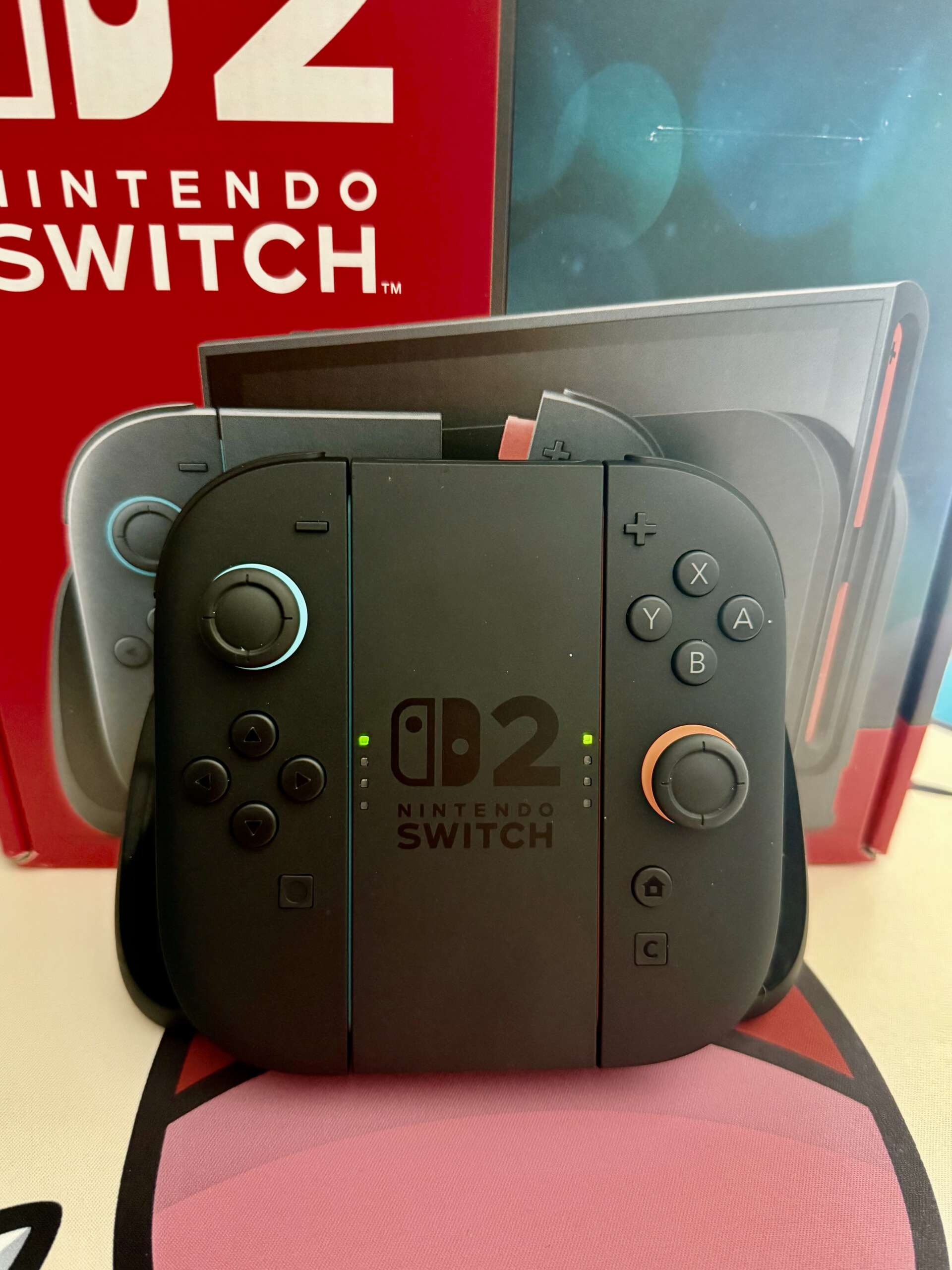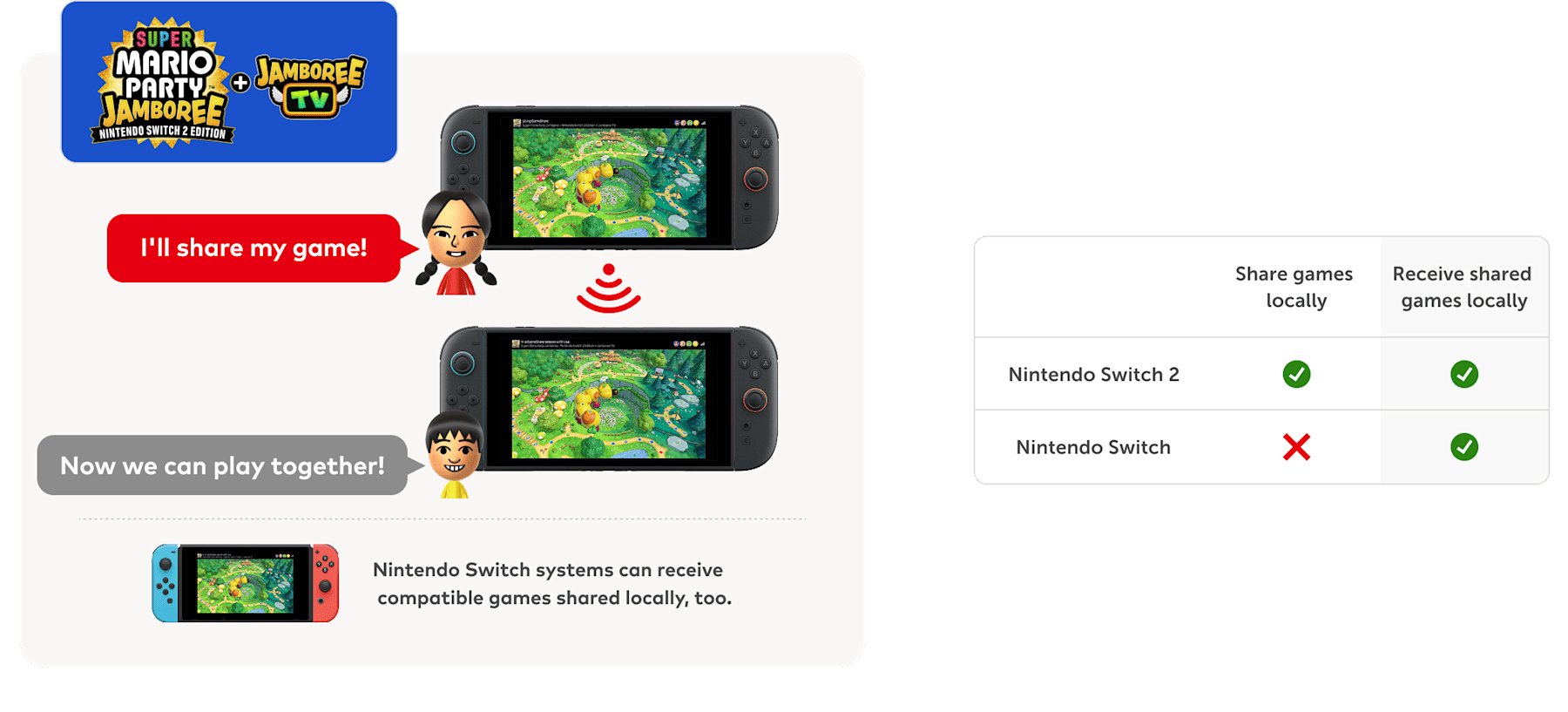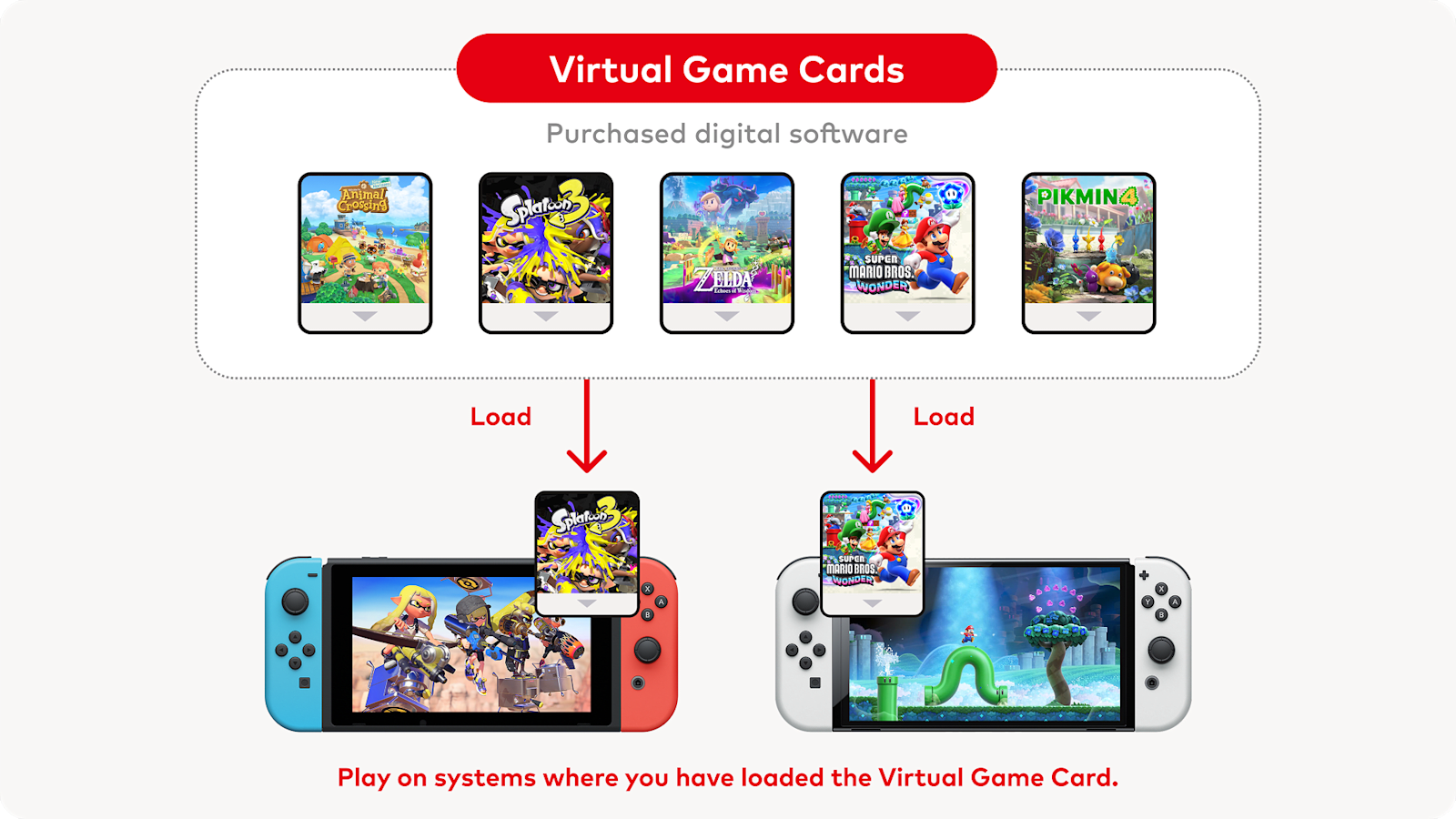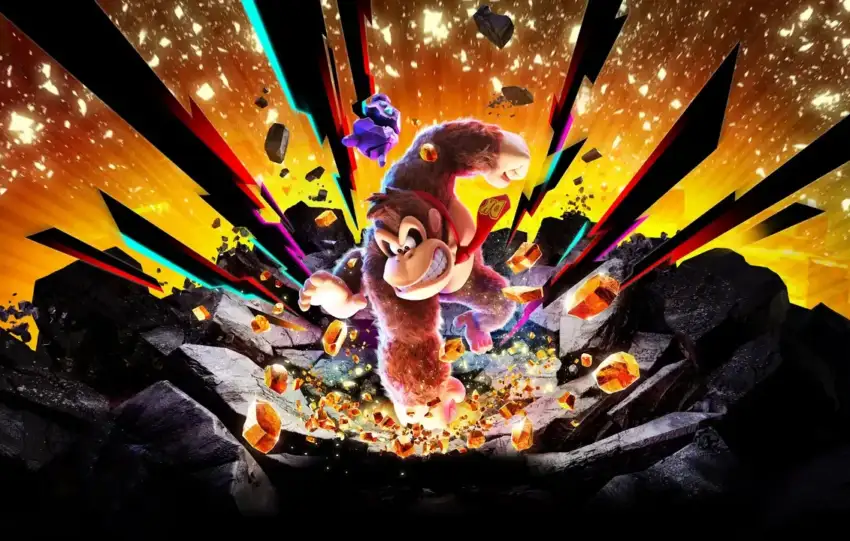Since the announcement of the Switch 2, it has caused a lot of criticism, excitement, and mixed emotions. As a lifelong Nintendo fan throughout my gaming journey, I also struggle to explain exactly how the Switch 2 makes me feel—it contains complicated emotions. In this review, I’ll be evaluating not only the hardware itself but also the decisions that came along with the hardware, and I will examine the Switch 2 and its ecosystem overall under two main titles: The Good Side and The Bad Side, including Nintendo’s stance and decisions in this new generation.
GOOD SIDE
Almost OLED-quality LCD Screen and 120Hz Refresh Rate
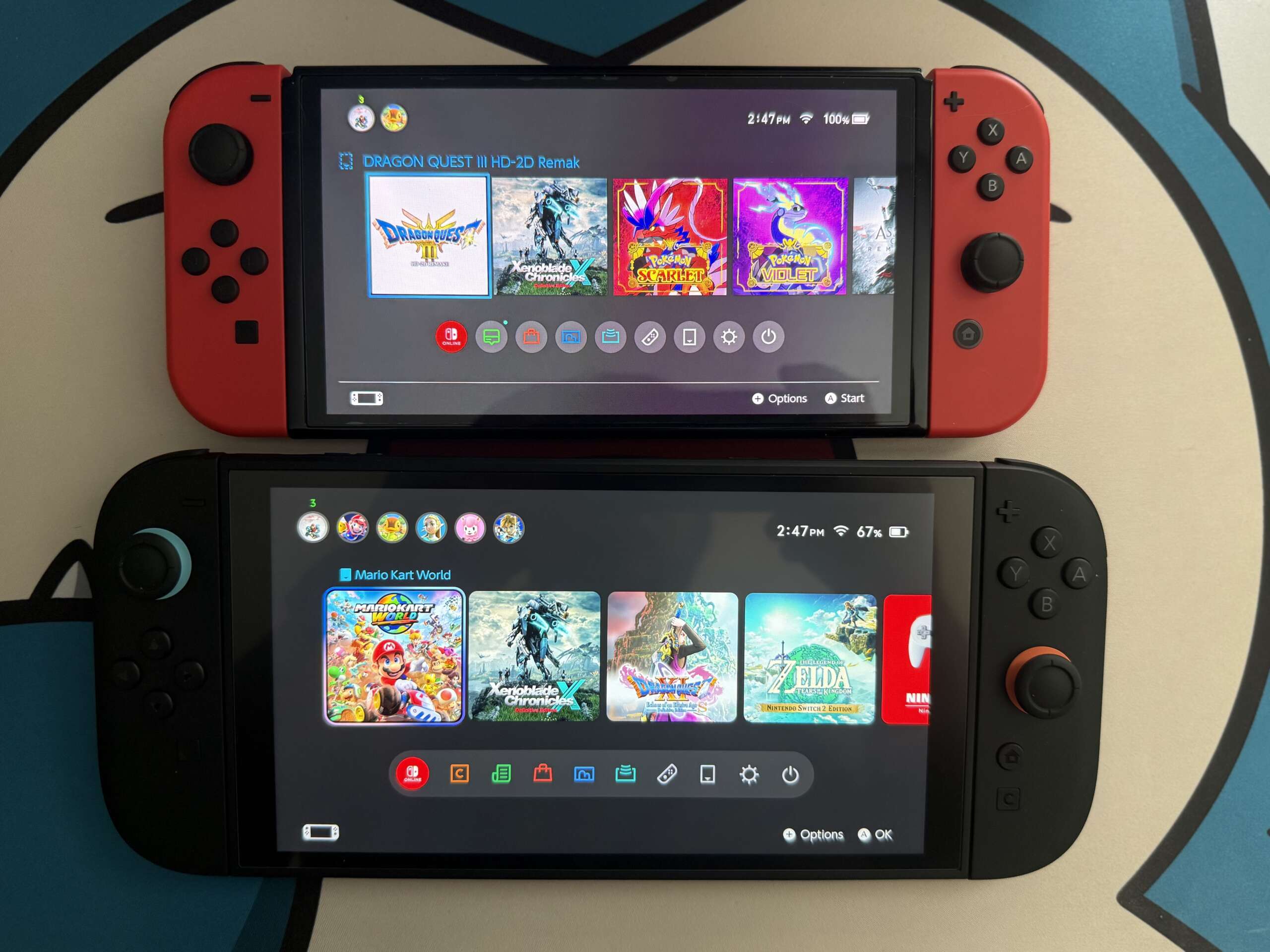
One of the first and most impressive innovations—even though we got used to the stunning vivid image of the Switch OLED, when I used the Switch 2’s LCD screen, I could clearly see how successful Nintendo has been with LCD technology. One of the most important features of the screen—after color quality and black levels, of course—is the 120Hz refresh rate. Compared to Switch OLED or Switch V2, the difference is clearly noticeable. Frankly, if Nintendo realized it couldn’t deliver high refresh rate with OLED and decided to stay with LCD instead, I personally think that was the right decision.
Finally Comfortable Joy-Cons
With the screen size increasing, naturally the Joy-Cons also became larger. The Switch 2 Joy-Cons are by far much more comfortable and have a noticeably better material quality than the original Switch’s Joy-Cons. Although it’s mentioned that the analogs don’t use Hall Effect, they still feel smooth in use. Hopefully, the drift issue won’t make a comeback.
More Premium Feeling
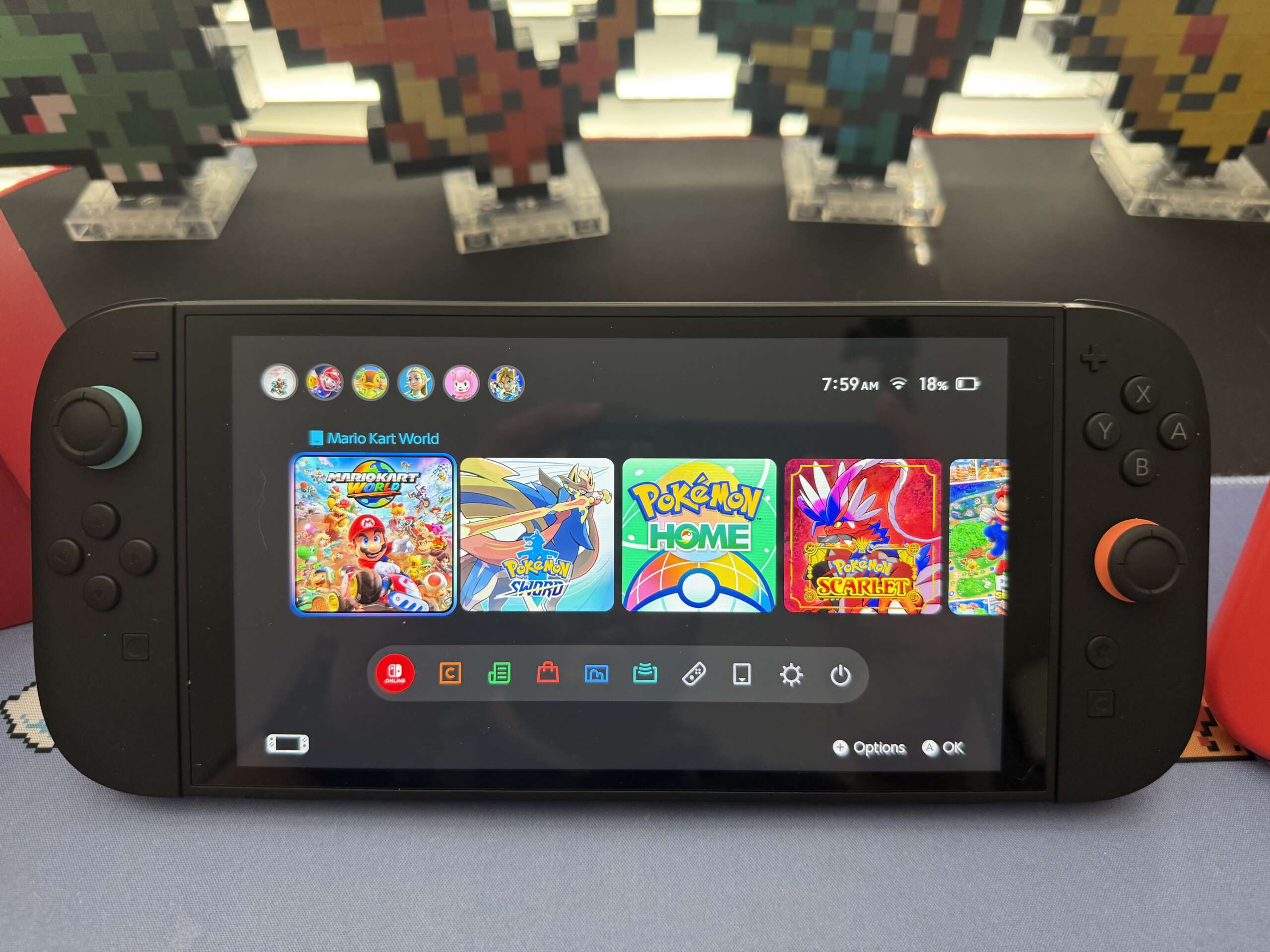
One of the first things I noticed when I unboxed the Switch 2 was that the console feels much more premium. There’s no feeling of cheap plastic—in fact, it genuinely feels like a brand new console made from a different material. Along with that, design decisions like the much easier cartridge slot, dual USB-C ports on both the top and bottom, and the magnetic system feeling much more secure and smooth—clearly show the improvement in material quality and design direction.
GameShare
Perhaps the only truly consumer-friendly decision since launch is GameShare, a Switch version of Download Play, previously seen in the DS and 3DS era. Software-wise, this is probably the best decision for the console. Especially for a company that owns so many party games and still understands the value of couch co-op, Nintendo unexpectedly made this positive decision, and we’re honestly happy about it.
Virtual Game Card System
Although not a feature unique to the Switch 2, another positive software update I must mention is the Virtual Game Card system. This system, which presents our digital games as visual game cards, shines when combined with GameShare—allowing you to lend your digitally purchased game to a friend for 2 weeks. When the game automatically returns after two weeks, being able to immediately lend it again, and the fact that there is no limit to this, is simply a fantastic feature.
4K 60 FPS
Even if not in every game, the fact that a handheld device can generally support 4K 60 FPS is without a doubt a positive innovation that aligns with today’s standards.
Full Backward Compatibility
One of the most important positives: the ability to access nearly the entire unbeatable and amazing Switch library smoothly on the Nintendo Switch 2. This is without a doubt one of the most necessary and expected features of any new console, and it works seamlessly on the Switch 2. Some games even get free updates with 60 FPS support. Even though this should be a basic feature and not something “extra,” its presence is of course a positive aspect.
For now, these are the positive things we can say about the Switch 2.
Now we want to move on to the truly disappointing decisions—the controversial topics that not only upset Nintendo fans but affect the entire gaming industry—and which we classify as the BAD PARTS.
BAD PARTS
Price Is Unacceptable
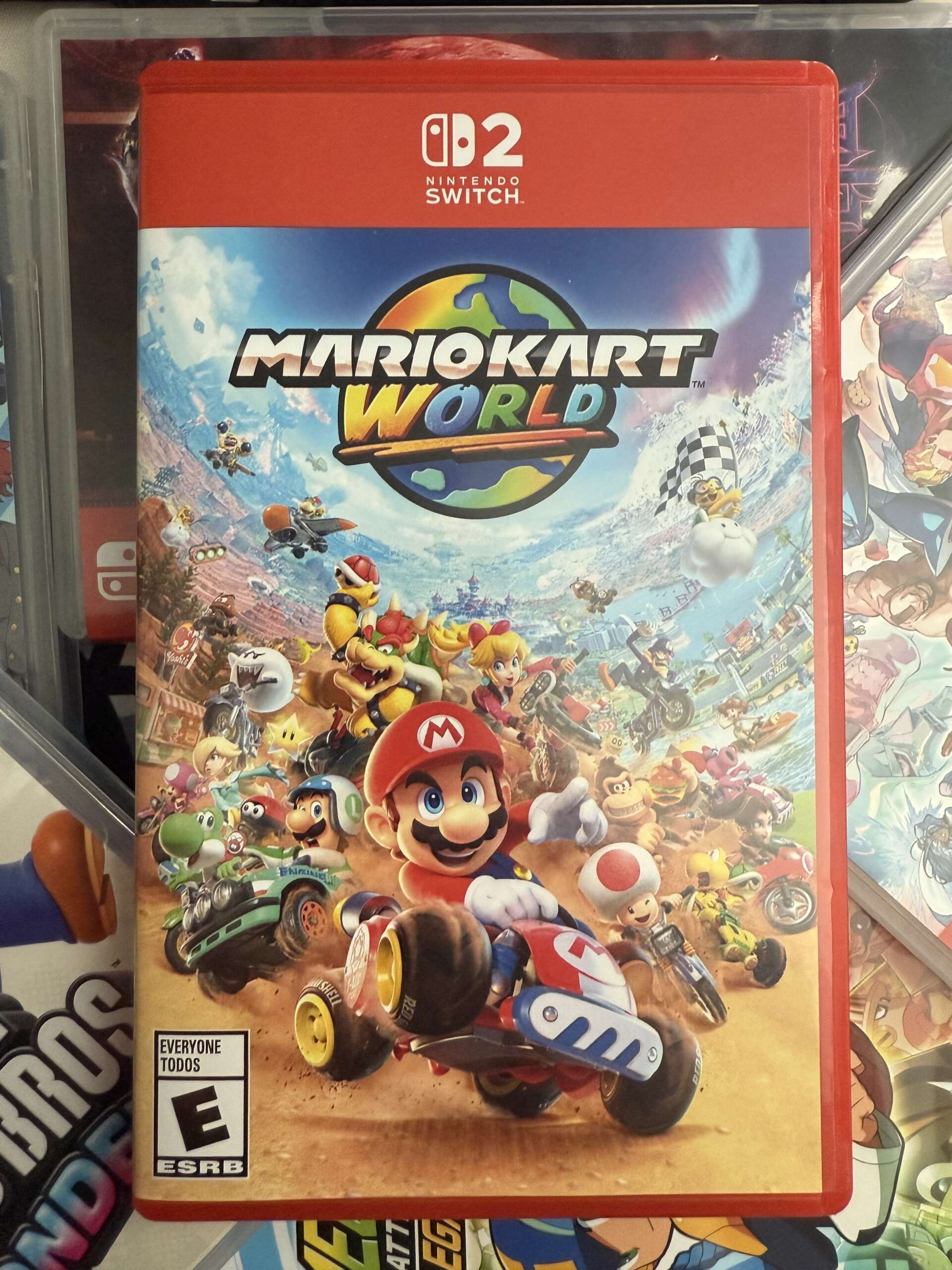
This is one of the only areas where not just Nintendo fans, but almost all gamers agree: the console price and, more importantly, the game price decisions. Honestly, this is the biggest blow to Nintendo’s “affordable access to the best fun and creative games” vibe. Even though Nintendo of America president Doug Bowser claimed that prices would vary “depending on quality and replayability,” the fact that Mario Kart World is priced at $80, and Zelda BOTW, which released 8 years ago, is being re-released at $69.99 as a Switch 2 version—shows that Nintendo has unfortunately failed to convince us players. During times when PlayStation is applying price drops, Nintendo’s refusal to do the same has been poorly received by everyone. For us, this is one of the most negative aspects of the console and its launch.
Accessories Price
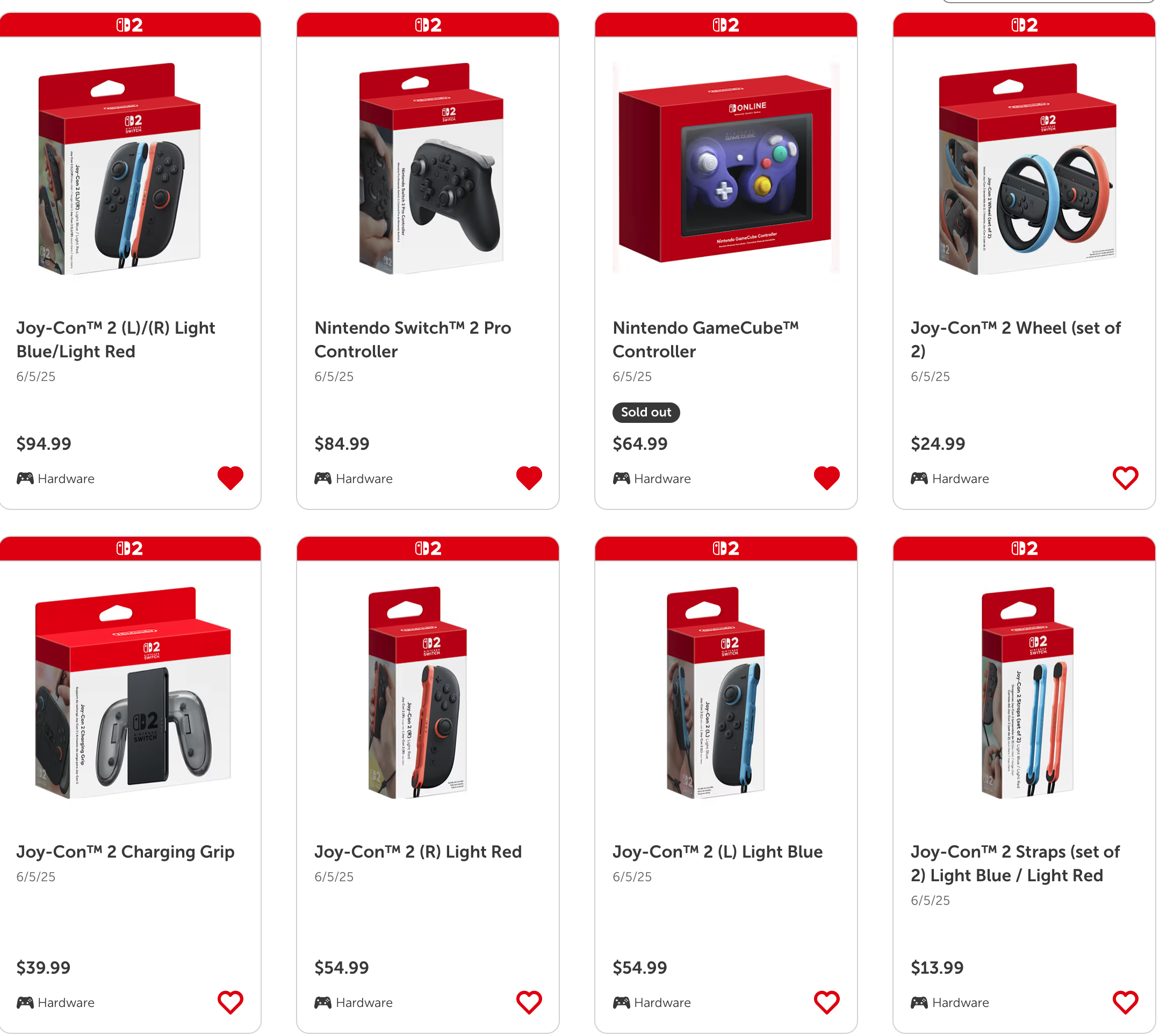
It’s not just the console and games—even the most basic accessories are priced absurdly high. Despite these prices, they often lack meaningful improvements. For example, Pro Controllers don’t include a microphone despite being expensive, or a webcam that offers only pixelated visuals at 5–10 FPS being sold at $59.99. Even the Joy-Cons, which received no major upgrade aside from the magnet system, are being sold at ridiculously high prices. These decisions are widely rejected by players and stand alongside the console and game pricing as major negatives.
Charging for Basic Features
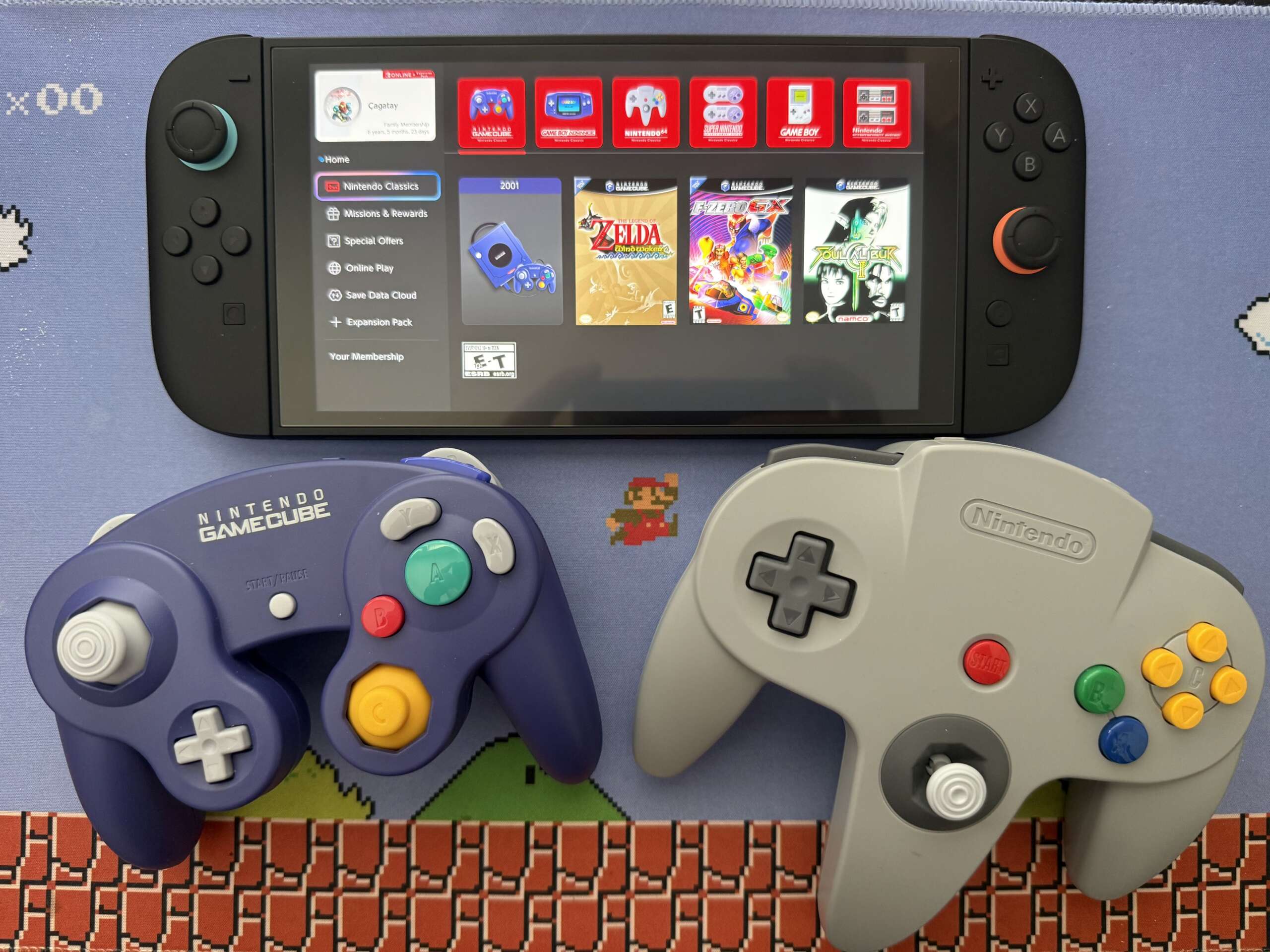
GameChat, the 60 FPS upgrade for Zelda, the abandonment of the Virtual Console system in favor of offering retro games via subscription, and the fact that free Switch 2 upgrades are only available to Expansion Pack members—these are all features that should be basic and free, yet Nintendo offers them as a premium service under the name “Nintendo Online Expansion Pack.” On top of this, even these basic services are implemented in a clunky and impractical way, like the need for a phone app to use GameChat—an unusual and non-user-friendly requirement that only worsens the already bad situation.
Lifeless and Boring UI
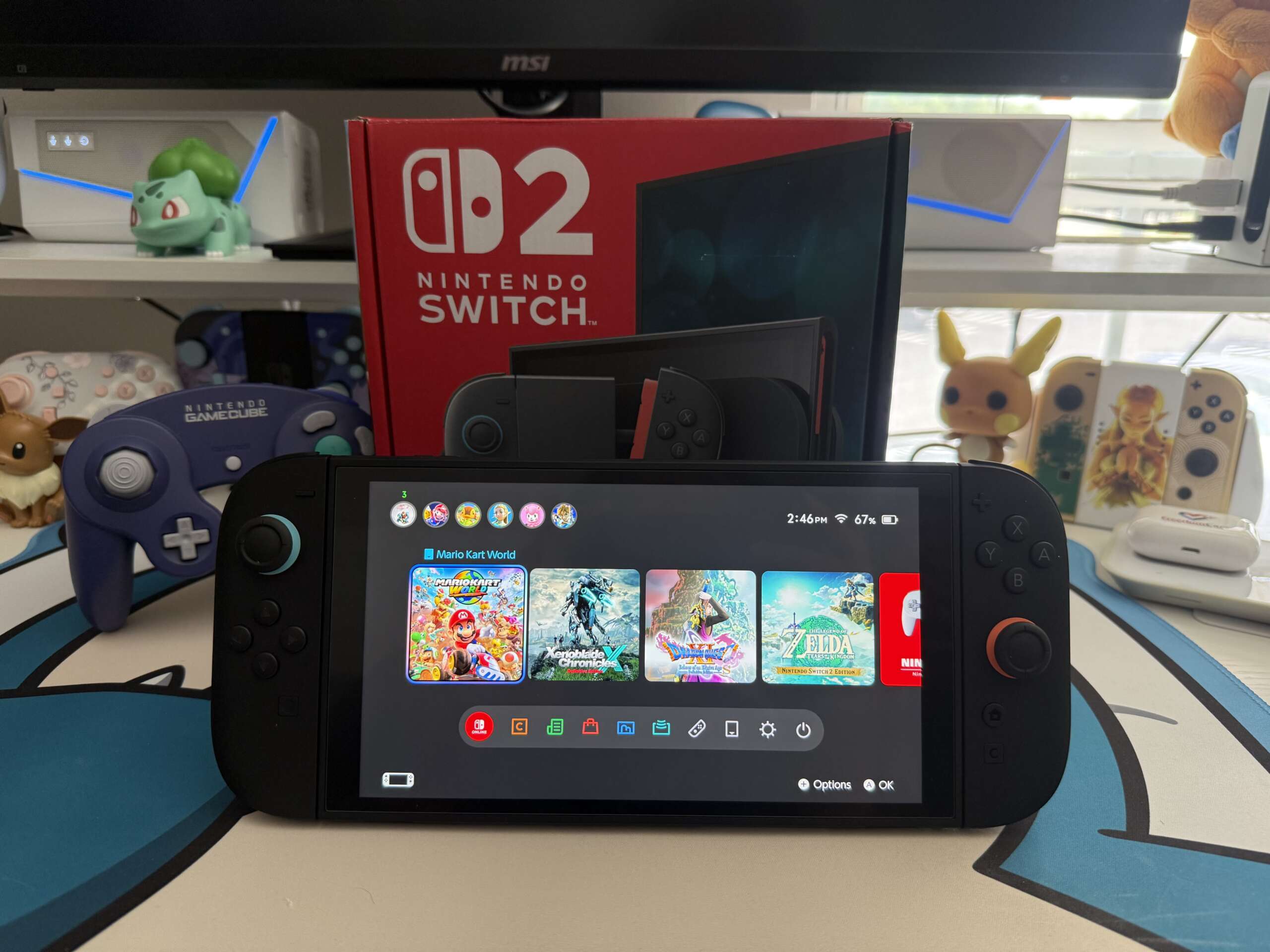
Since the GameCube era, Nintendo has always delivered creative and unique UIs that captured that “Nintendo vibe.” To be honest, I think they made the best UI designs in console history. But with the Switch, they continued with a simple and soulless UI, likely for battery saving reasons. Everyone expected the UI to be more customizable (like how 3DS allowed themes, stickers, etc.) and to express more of Nintendo’s creative spirit, just like the amazing UI of the Wii U or the calming OST-filled UI of the Wii. But instead, Nintendo took zero risks and stuck with a soulless, music-less, and personality-lacking UI in their most hyped console ever—leaving us deeply disappointed.
The eShop Is Still a Disaster
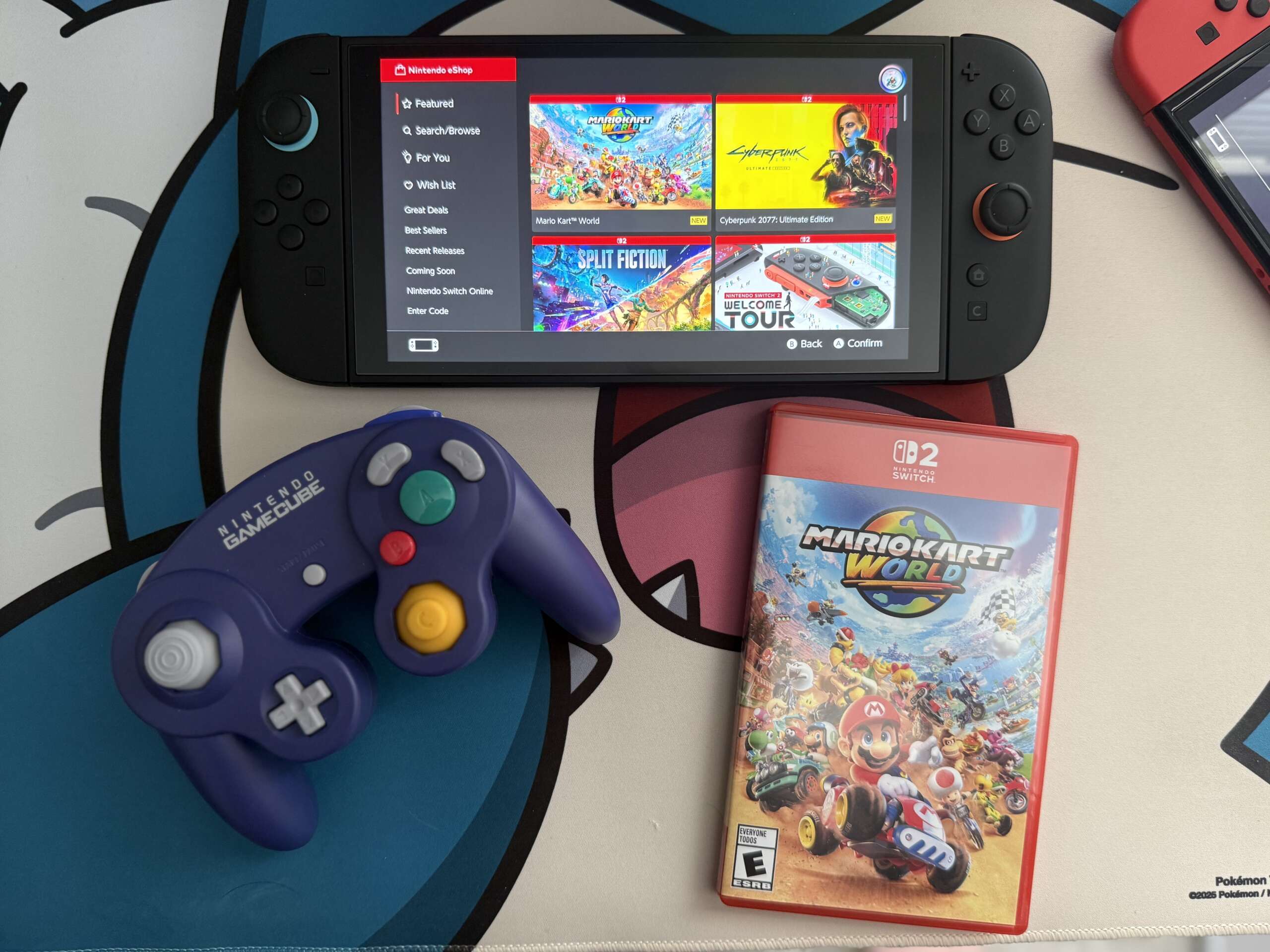
Just like the console UI, the eShop is also completely soulless and continues to carry the same sluggishness, chaos, and lack of organization from the original Switch. It doesn’t feel like a Nintendo eShop. There’s no real categorization. Every game, genre, and type is lined up in the same generic lists like Best Sellers, Deals, and For You. It’s a chaotic mess—and unfortunately, it continues unchanged.
Battery Life Is Unforgivable
The Nintendo Switch 2 is a powerful console. As a handheld device, we think it offers impressive performance. But at the end of the day, it’s still a portable console, and perhaps the most important feature of a portable system is battery capacity. Unfortunately, the Switch 2 has the lowest battery life and the longest charge time not only in the Switch family but also compared to all past Nintendo handhelds. This issue strikes directly at the heart of what makes a handheld console useful, and we hope it’s solved soon with a future model.
Game Card System – The Worst Decision of All Time
Today’s gaming world already has enough issues, and in my opinion, ownership is at the top of that list. As someone who has been playing and collecting physical games for 25 years, Nintendo was always the most reliable place for physical game lovers. But with the Game Key Card system introduced in Switch 2, Nintendo made a decision that’s both practically unsuccessful and not consumer-friendly. These cards function as physical keys but require Nintendo’s servers to access your game. It has neither the convenience of digital games nor the ownership of physical games. Especially coming from a company that has shut down its own servers multiple times before, this decision has been widely criticized. This system—combined with the rising game prices—opens the door to the end of game ownership. It is, without question, the worst decision they’ve made. We sincerely hope the Game Key Card system ends quickly, and Nintendo returns focus to true physical games.
Final Verdict
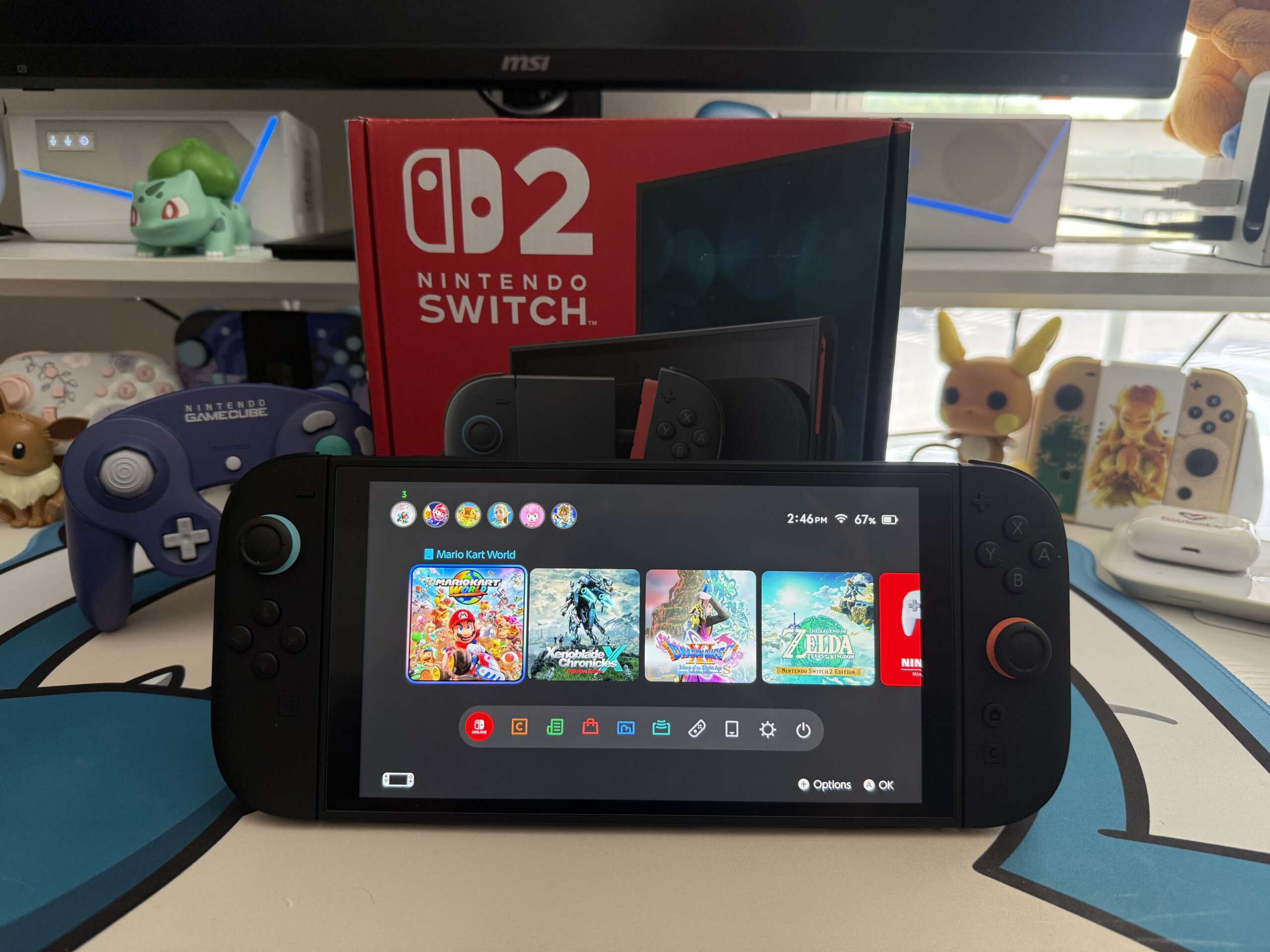
Switch 2 is a console built upon the legacy and massive game library of the original Switch. In terms of hardware, aside from the battery life, it mostly meets expectations. But the strategic decisions surrounding it have been rightly and widely criticized.
As the market heats up with competition from PlayStation’s upcoming handheld and Steam Deck 2, we hope that many of these executive-level decisions—most of which are actually easy to change—are re-evaluated. Nintendo’s success with the original Switch came from quality games, ownership, and affordable access. We hope the Switch 2 evolves into a console that offers that same experience.
As of now, we at RetroPalmetto see no compelling reason to buy the Switch 2 at launch. We recommend waiting at least one year, to see how the library grows and how these controversial decisions evolve.


